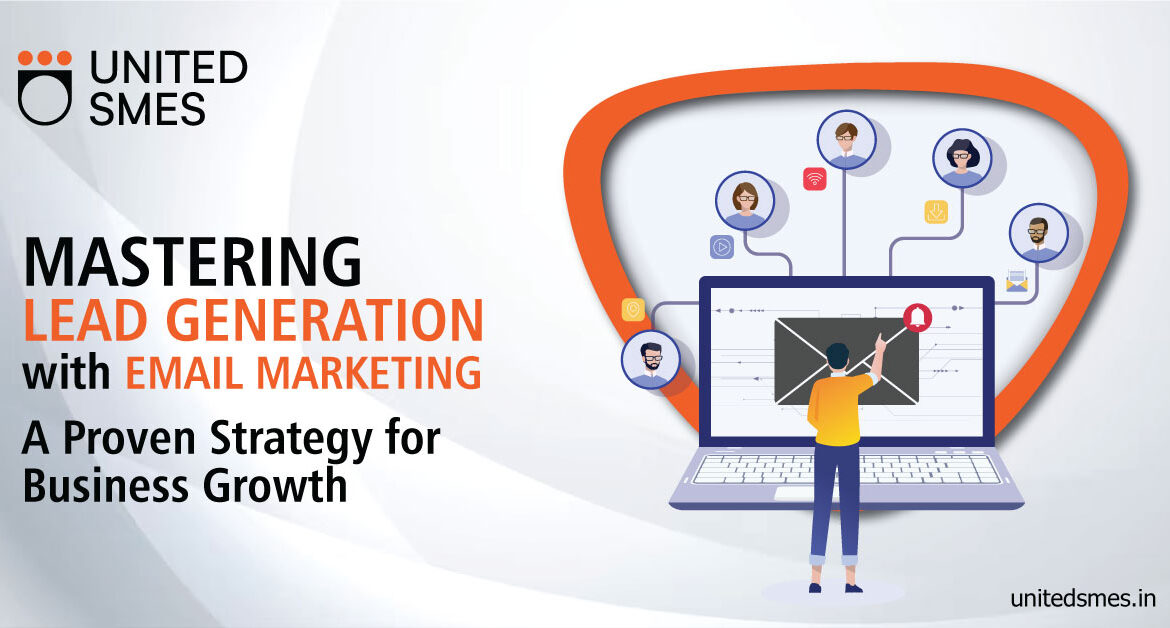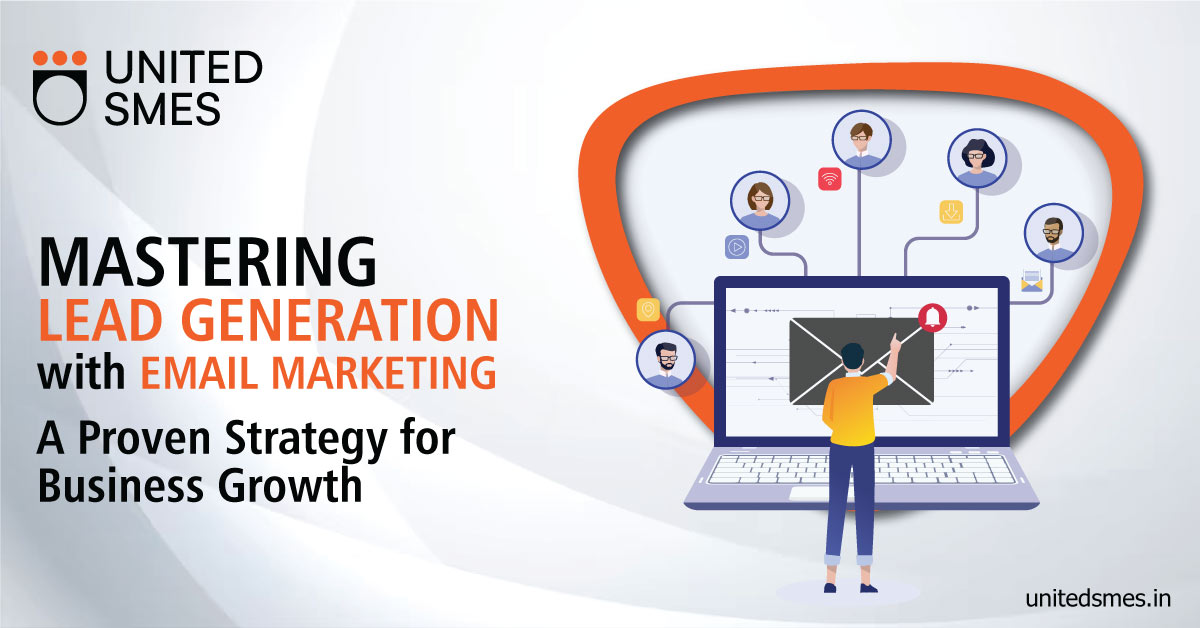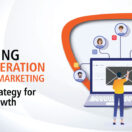Mastering Lead Generation with Email Marketing: A Proven
Strategy for Business Growth
In today’s digital age, where information is abundant and competition is fierce, effective lead generation is crucial for businesses seeking sustainable growth. While various methods are available, email marketing remains a tried-and-true approach for acquiring and nurturing potential customers. In this blog, we will explore the ins and outs of lead generation through email marketing and provide you with actionable strategies to drive success.
Understanding the Essence of Lead Generation
Lead generation is the process of identifying and nurturing potential customers who have expressed interest in your product or service. The ultimate goal is to convert these leads into paying customers, creating a steady stream of revenue for your business.
Why Email Marketing for Lead Generation?
Email marketing has several advantages when it comes to lead generation:
Wide Reach: Email is one of the most popular communication channels, with billions of users worldwide. This wide reach ensures that your message can potentially reach a vast audience.
Personalization: Email allows for highly personalized messages tailored to the specific interests and needs of your target audience.
Cost-Effective: Compared to traditional marketing methods, email marketing is cost-effective, making it suitable for businesses of all sizes.
Trackable Results: With email marketing platforms, you can track the performance of your campaigns, including open rates, click-through rates, and conversion rates. This data helps you fine-tune your strategy for better results.
The Email Marketing Lead Generation Process
Building Your Email List:
- Create compelling lead magnets such as eBooks, webinars, or exclusive content to entice visitors to subscribe to your email list.
- Place prominent and easy-to-find signup forms on your website and landing pages.
- Leverage social media and other digital channels to promote your email list.
Segmentation:
- Segment your email list based on criteria such as demographics, interests, or past behavior.
- Segmenting allows for highly targeted and relevant email campaigns.
Engagement and Nurturing:
- Send a welcome email series to new subscribers to introduce them to your brand and set expectations.
- Provide valuable content through regular newsletters, updates, and educational materials.
- Use marketing automation to send timely, relevant messages.
Conversion:
- Craft compelling calls-to-action (CTAs) in your emails, guiding recipients to take specific actions.
- Use A/B testing to refine your email content and CTAs for optimal conversion rates.
Analytics and Optimization:
- Continuously monitor the performance of your email campaigns using analytics tools.
- Analyze open rates, click-through rates, and conversion rates to identify areas for improvement.
- Best Practices for Email Marketing Lead Generation
- Focus on quality over quantity. A smaller, engaged email list is more valuable than a large, unresponsive one.
- A/B test subject lines, email content, and CTA buttons to optimize campaign performance.
- Ensure your emails are mobile-responsive, as a significant portion of email opens occurs on mobile devices.
- Comply with email marketing regulations and obtain explicit consent from subscribers to receive emails.
Conclusion
Email marketing is a powerful tool for lead generation, offering the ability to reach a wide audience with personalized, cost-effective messages. By following best practices and a systematic approach, you can create a successful email marketing strategy that nurtures potential customers and converts them into loyal, paying clients. Don’t underestimate the impact of a well-crafted email marketing campaign; it can be the key to your business’s growth and long-term success.







